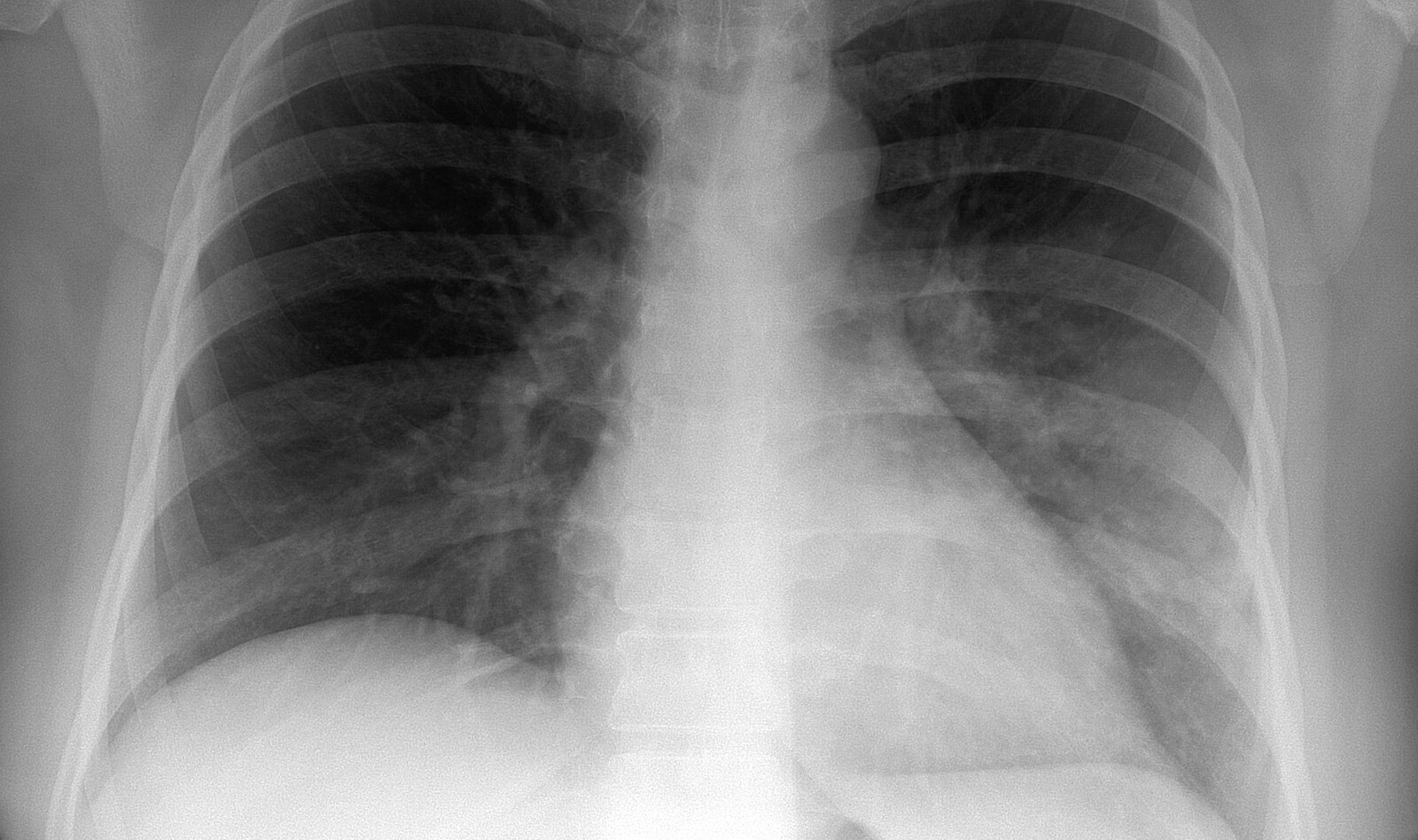GENERAL MEDICINE/SYSTEMATIC REVIEW SNAPSHOT • Is Chest Ultrasonography Superior to Supine Chest Radiography in Identifying Pneumothorax in Emergency Department Trauma Patients?
Source: Ann Emerg Med 2021:77(6);646-648
INTRODUCTION
In this clinical synopsis, the authors included 9 studies comprising 1,271 patients with 410 pneumothoraces from an initial 2,293 references. The median prevalence of traumatic pneumothorax was 30% (range 21% to 52%). The overall sensitivity of chest ultrasonography was 0.91 (95% confidence interval [CI] 0.85 to 0.94) and the specificity was 0.99 (95% CI 0.97 to 1.00).
In contrast, the sensitivity of chest radiography was 0.47 (95% CI 0.31 to 0.63) and the specificity was 1.00 (95% CI 0.97 to 1.00).
Subgroup analysis demonstrated the sensitivity and specificity of emergency physicians (8 studies, 1,192 patients) with chest ultrasonography to be 0.91 (95% CI 0.85 to 0.95) and 0.99 (95% CI 0.97 to 1.00), respectively.
When data about chest ultrasonography was tested in trauma surgeons (1 study, 79 patients) the sensitivity and specificity were 0.82 (95% CI 0.60 to 0.95) and 1.00 (95% CI 0.94 to 1.00), respectively.
COMMENTARY
The authors emphasize the importance of early identification of pneumothorax during initial trauma resuscitation since unrecognized pneumothorax can lead to tension pneumothorax and even death. Therefore, rapid diagnosis and intervention is important.
Typically, diagnosis is made with chest radiography or chest ultrasound. However, while the Advanced Trauma Life Support guidelines recommend chest radiography as an adjunct to the primary survey, literature has suggested that this is not a sensitive test for pneumothorax.
In this comprehensive meta-analysis comparing chest ultrasonography and chest radiography for diagnosis of pneumothorax in ED trauma patients, the authors found superior sensitivities for chest ultrasonography compared with supine chest radiography.
The biggest limitation that should be considered is that ultrasonography is an operator-dependent and requires practice and skills, but overall, the authors concluded that chest ultrasonography appears more sensitive than supine chest radiography in detecting traumaticpneumothoraces.
 English
English
 Español
Español 

